Increasing Energy Costs
Energy costs play a pivotal role in the Aluminium Scrap Market, influencing the economics of aluminium production and recycling. As energy prices continue to rise, the cost-effectiveness of using recycled aluminium becomes more pronounced. The energy required to produce primary aluminium is substantially higher than that needed for recycling, which is approximately 95% less. This economic advantage is likely to drive more companies to source aluminium scrap, thereby bolstering the Aluminium Scrap Market. In 2025, the trend of rising energy costs may lead to an increased reliance on recycled materials, further enhancing the market's growth prospects.
Rising Demand for Recycled Materials
The Aluminium Scrap Market is experiencing a notable increase in demand for recycled materials, driven by the growing emphasis on sustainability and environmental conservation. As industries seek to reduce their carbon footprints, the use of recycled aluminium has become a preferred choice. In 2025, the demand for recycled aluminium is projected to reach approximately 30 million metric tons, reflecting a significant shift towards circular economy practices. This trend is further supported by regulatory frameworks that encourage recycling and the use of secondary raw materials. Consequently, the Aluminium Scrap Market is poised for growth as manufacturers and consumers alike prioritize eco-friendly alternatives.
Technological Innovations in Recycling
Technological advancements are transforming the Aluminium Scrap Market, enhancing the efficiency and effectiveness of recycling processes. Innovations such as automated sorting systems and advanced melting technologies are enabling recyclers to process aluminium scrap more efficiently, reducing waste and improving yield. In 2025, the adoption of these technologies is expected to increase, potentially leading to a rise in the recycling rate of aluminium scrap, which currently stands at around 75%. This improvement in recycling capabilities not only supports the Aluminium Scrap Market but also aligns with global sustainability goals, making it a critical driver of market growth.
Growing Automotive and Aerospace Sectors
The Aluminium Scrap Market is significantly influenced by the expanding automotive and aerospace sectors, which are increasingly utilizing aluminium for its lightweight and durable properties. In 2025, the automotive industry is projected to consume over 10 million metric tons of aluminium, with a substantial portion sourced from recycled materials. This trend is driven by the need for fuel efficiency and reduced emissions, prompting manufacturers to seek sustainable materials. As these sectors continue to grow, the demand for aluminium scrap is likely to rise, further propelling the Aluminium Scrap Market forward.
Regulatory Support for Recycling Initiatives
Regulatory frameworks supporting recycling initiatives are becoming increasingly prevalent, positively impacting the Aluminium Scrap Market. Governments are implementing policies that promote recycling and the use of secondary materials, which are expected to enhance the market's growth. In 2025, various regions are likely to introduce stricter regulations on waste management and recycling, incentivizing businesses to adopt sustainable practices. This regulatory support not only encourages the recycling of aluminium scrap but also fosters innovation within the Aluminium Scrap Market, creating a conducive environment for growth and development.


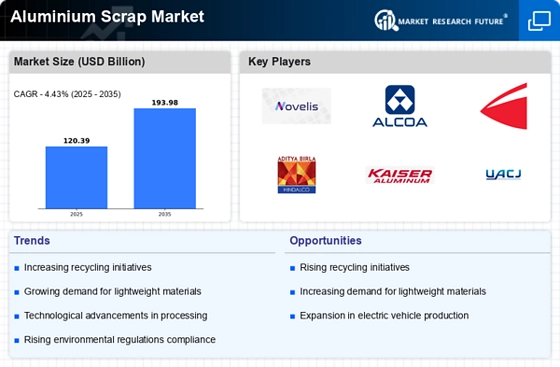
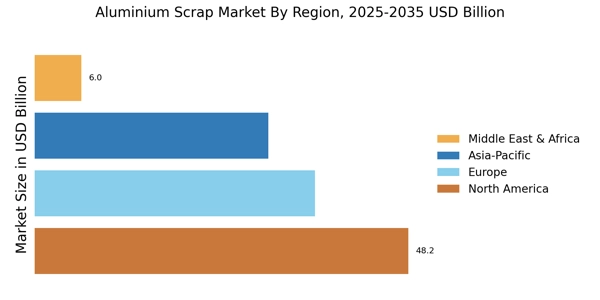


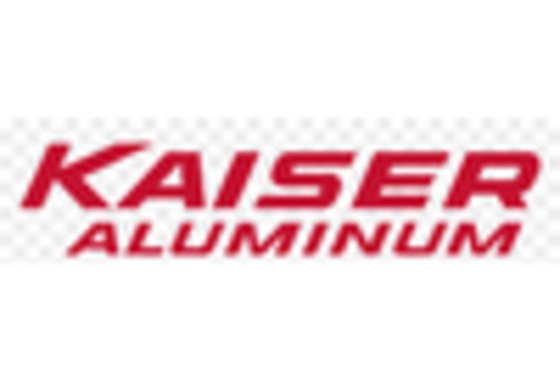

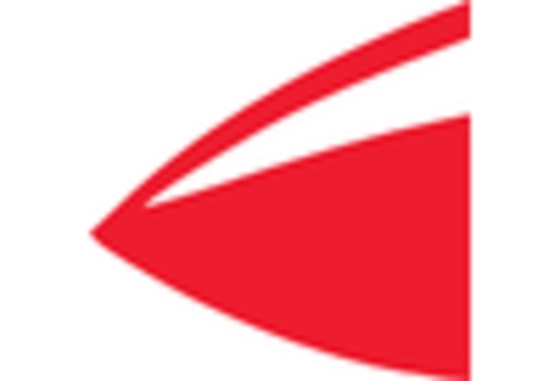
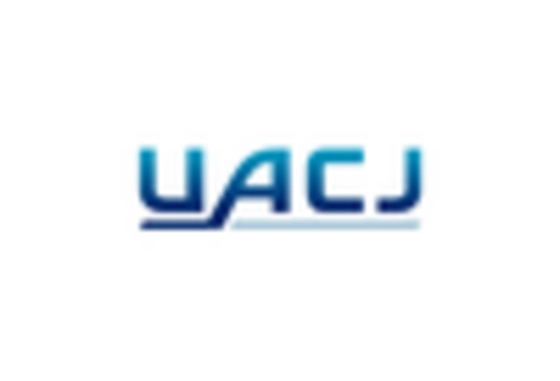








Leave a Comment